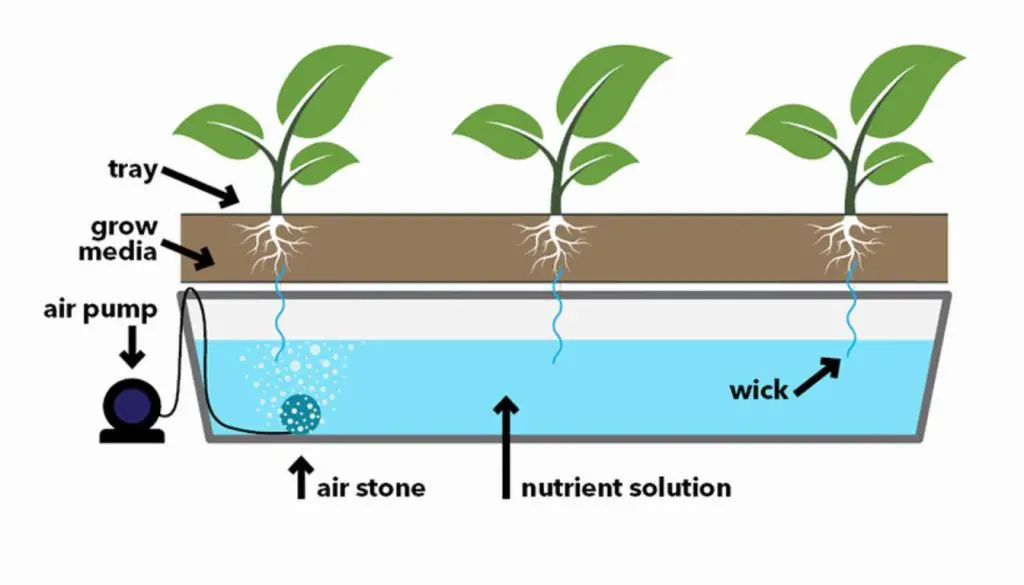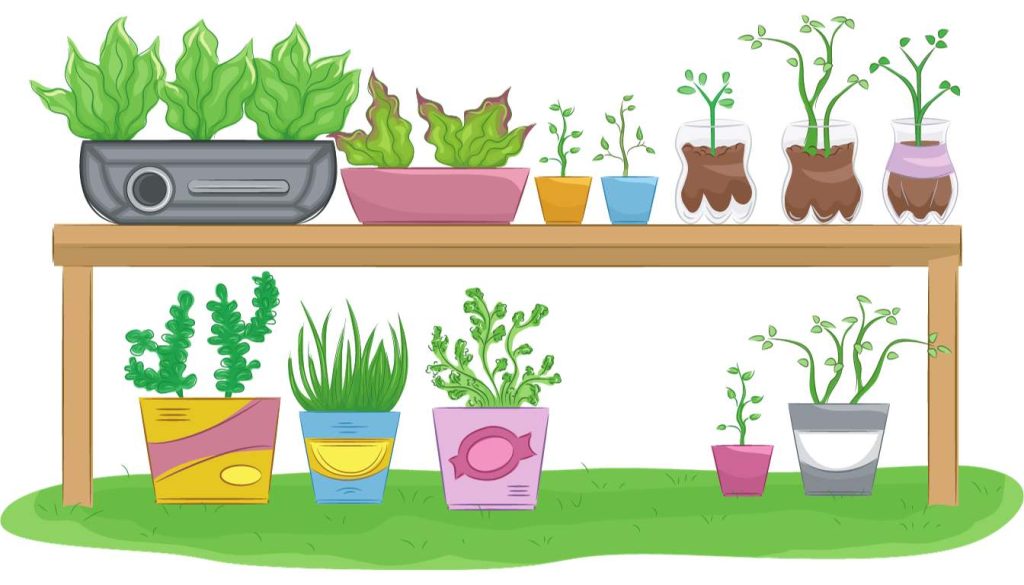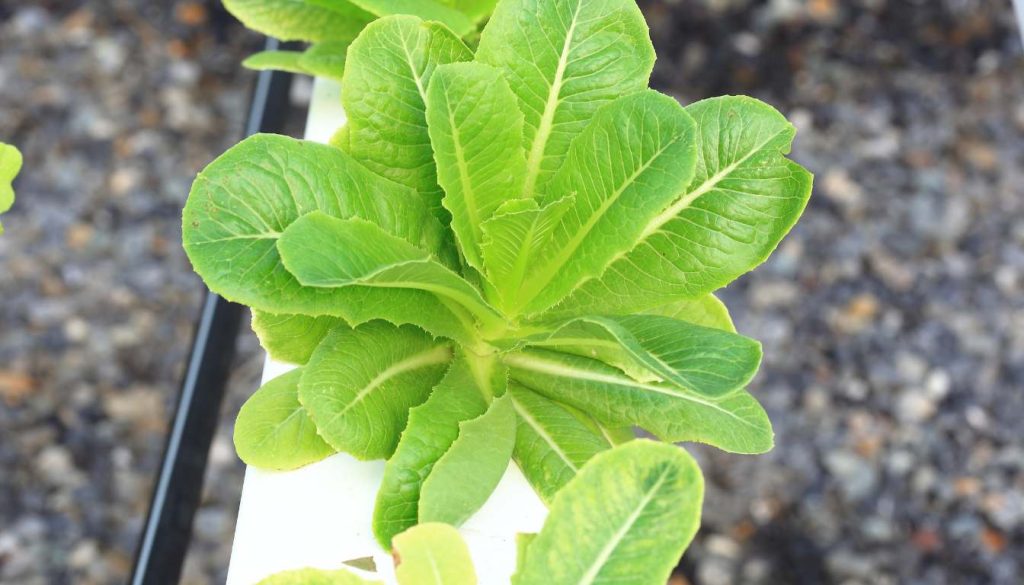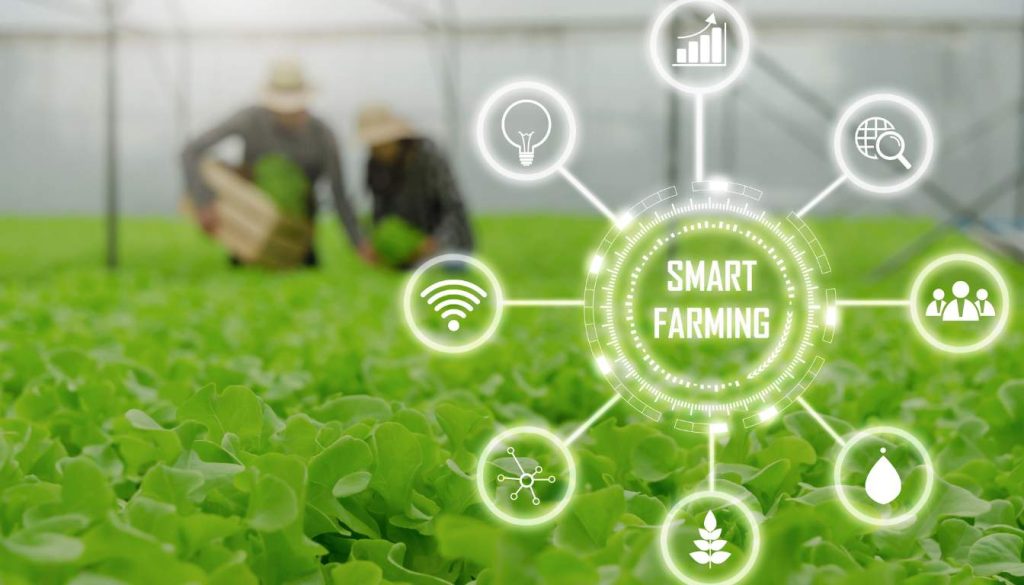When it comes to choosing the best fertilizer for your flower seedlings, it’s important to consider the specific needs of your plants. There are various options available, including organic and synthetic fertilizers, each with its advantages. Understanding the nutritional...
When it comes to choosing the best fertilizer for your flower seedlings, it’s important to consider the specific needs of your plants. There are various options available, including organic and synthetic fertilizers, each with its advantages.
Understanding the nutritional requirements of your flower seedlings and finding a fertilizer that provides the necessary nutrients in the appropriate ratios can help promote vigorous growth, healthy blooms, and overall plant health.
Discover the best fertilizer for flower seedlings. Our guide helps you make the right choice for vibrant, healthy blooms all season long.
Nutrient Requirements For Flower Seedlings
Flower seedlings, like all plants, require a range of essential nutrients for healthy growth and development. These nutrients can be broadly categorized into primary macronutrients, secondary macronutrients, and micronutrients.
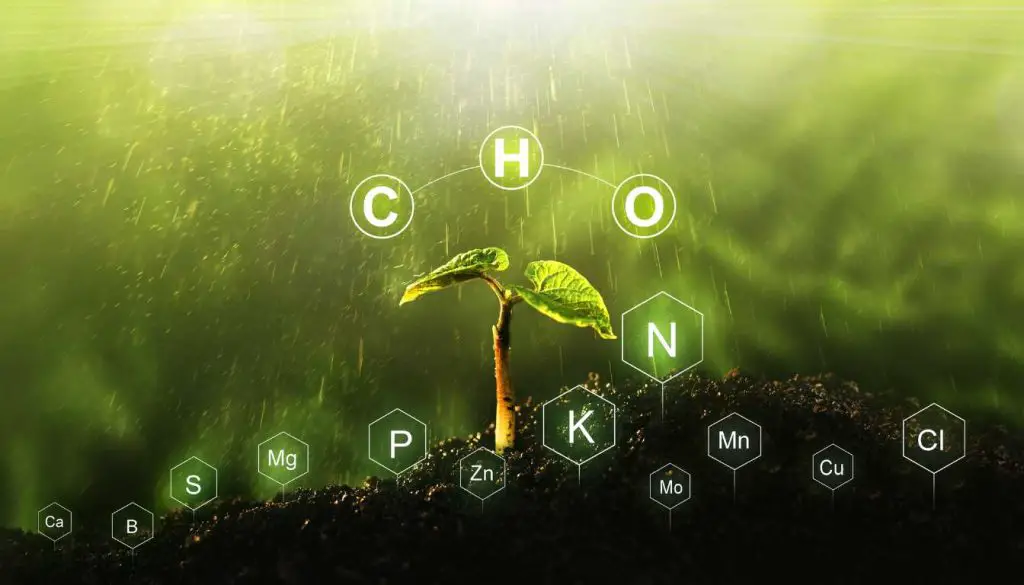 Primary macronutrients, including nitrogen, phosphorus, and potassium, are needed in larger quantities and play crucial roles in various plant functions.
Secondary macronutrients like sulfur, calcium, and magnesium are required in smaller amounts but are still important for overall plant health.
Micronutrients, such as iron, copper, and zinc, are needed in trace amounts but are essential for specific biochemical processes.
Primary macronutrients, including nitrogen, phosphorus, and potassium, are needed in larger quantities and play crucial roles in various plant functions.
Secondary macronutrients like sulfur, calcium, and magnesium are required in smaller amounts but are still important for overall plant health.
Micronutrients, such as iron, copper, and zinc, are needed in trace amounts but are essential for specific biochemical processes.
The availability of these nutrients in the soil plays a vital role in the well-being of flower seedlings. Factors such as soil texture and pH can significantly impact nutrient availability. Soil texture influences the water-holding capacity and nutrient retention capabilities of the soil.
Sandy soils have larger particles and tend to drain quickly, which can result in faster nutrient leaching. On the other hand, clay soils have smaller particles and can retain water and nutrients for longer periods, which may lead to nutrient deficiencies. Soil pH affects nutrient availability by influencing various nutrients’ solubility and chemical reactions. Different nutrients have different optimal pH ranges for optimal uptake by plants.
Understanding the specific nutrient requirements of flower seedlings and the factors that influence nutrient availability in the soil can help gardeners make informed decisions about fertilization and ensure the healthy growth of their plants.
Assessing Nutrient Availability in Your Soil
Before selecting the perfect fertilizer for your flower seedlings, it is crucial to assess the nutrient availability in your soil through a soil test. Soil testing provides valuable information about the composition of your soil, including factors such as soil texture, organic matter content, pH levels, and nutrient levels.
By interpreting the results of the soil test, you can gain insights into any nutrient deficiencies or imbalances that may be present and make informed decisions about fertilizing your flower seedlings.
Interpreting soil test results can be a bit overwhelming if you’re not familiar with the process. However, it is essential to understand the information provided to determine the appropriate fertilizer for your flower seedlings. The soil test will indicate the nutrient levels present in your soil and provide recommendations for fertilizing based on these results.
Adjusting Soil pH for Optimal Nutrient Availability
One important aspect highlighted by soil testing is soil pH, which plays a crucial role in nutrient availability. Soil pH affects the solubility and accessibility of essential nutrients to your flower seedlings. If the soil test reveals that your soil pH is too acidic or alkaline, you may need to adjust it to optimize nutrient availability.
This can be done by adding organic matter, such as compost or well-rotted manure, which can help balance the pH levels and improve soil fertility. Alternatively, specific soil amendments or pH adjusters can be used based on your soil test recommendations to achieve the desired pH levels for your flower seedlings’ nutrient absorption.
While determining nutrient deficiencies in your soil is essential, it’s also crucial to keep in mind the specific nutrient requirements for flower seedlings. Common nutrient deficiencies in vegetables, such as nitrogen, phosphorus, potassium, calcium, and sulfur deficiencies, can provide insights into the overall nutrient requirements of flower seedlings.
Choosing the Right Fertilizer For Flower Seedlings
When it comes to fertilizing your flower seedlings, it’s important to select the right type of fertilizer that meets the specific needs of your plants. There are different types of fertilizers available in the market, each with its advantages and disadvantages.
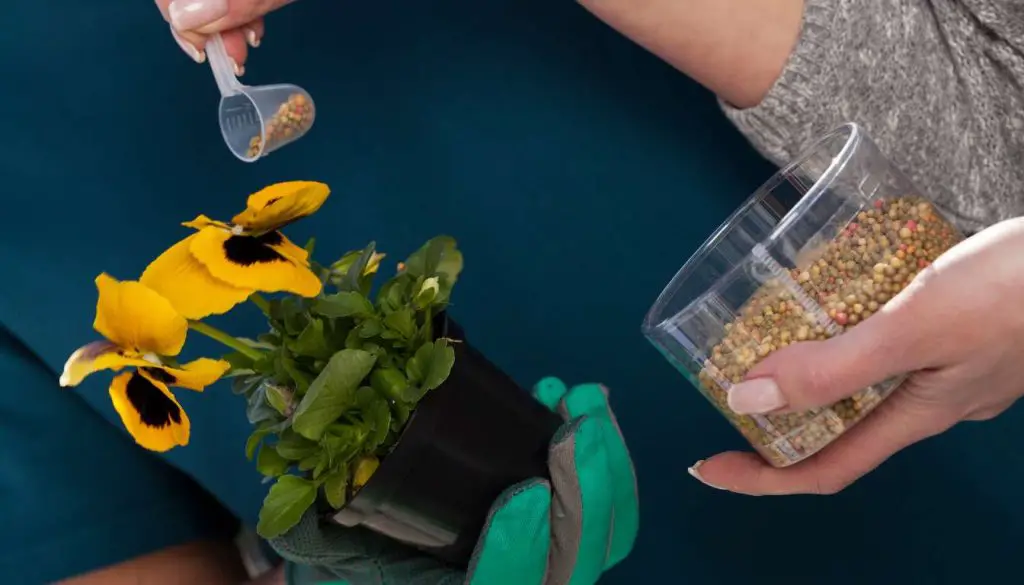
Inorganic vs. Organic Fertilizers
Inorganic fertilizers, also known as chemical fertilizers, are manufactured products that provide nutrients in a readily available form. They are typically more affordable and can be easily tailored to meet specific nutrient requirements. However, the excessive use of chemical fertilizers can lead to nutrient imbalances and environmental pollution.
On the other hand, organic fertilizers are derived from natural sources and contain a wide range of essential nutrients. They improve soil structure, enhance nutrient retention, and promote the growth of beneficial soil microorganisms. Organic fertilizers, however, may release nutrients slowly and their nutrient content can vary.
Advantages of Chemical Fertilizers
Chemical fertilizers have the advantage of providing precise nutrient ratios to meet the specific needs of your flower seedlings. They are also readily available and can be easily applied. However, over-application of chemical fertilizers can lead to the risk of nutrient burn and can have negative impacts on soil health and the environment.
Advantages of Organic Fertilizers
Organic fertilizers provide numerous benefits for your flower seedlings. They improve soil fertility and structure, enhance water-holding capacity, promote beneficial microbial activity, and reduce the risk of nutrient leaching. Organic fertilizers are also more sustainable and environmentally friendly compared to chemical fertilizers. However, they can be more expensive and their nutrient content may vary, requiring larger quantities for equivalent nutrient supply.
Slow-Release, Simple, and Foliar Fertilizers:
Aside from the choice between inorganic and organic fertilizers, there are other types of fertilizers that you can consider for your flower seedlings. Slow-release fertilizers, as the name suggests, release nutrients slowly over an extended period. They provide a steady supply of nutrients to your plants and can help reduce the risk of nutrient leaching.
Simple fertilizers contain only one major nutrient, such as nitrogen or phosphorus, and are used to address specific nutrient deficiencies in your flower seedlings. Lastly, foliar fertilizers are applied directly to the leaves of the plants and are effective in quickly addressing nutrient deficiencies.
Tips For Fertilizing Flower Seedlings
Knowing when to start fertilizing your flower seedlings is essential for their healthy growth. Once the second set of true leaves emerges, it’s time to begin fertilizing. This usually occurs about two to three weeks after germination. Starting with a water-soluble fertilizer at half the recommended rate is recommended to avoid any potential risk of burning the delicate seedlings. Applying the fertilizer twice a week initially will provide a steady supply of nutrients for their development.
As your seedlings continue to grow, you can gradually increase the frequency and strength of the fertilizer application. Once they are more established with several sets of true leaves, you can switch to full-strength feedings, reducing the frequency to once a week or as needed. This will provide the necessary nutrients to support robust growth and healthy blooms.
It’s important to be cautious when fertilizing stressed seedlings. If your seedlings are experiencing any signs of stress, such as wilting, yellowing leaves, or slow growth, it’s best to hold off on fertilizing. Stressed seedlings typically require more attention to their watering and light needs than additional nutrients.
Advantages of Fish or Seaweed-Based Fertilizers
Consider using fish or seaweed-based fertilizers for your flower seedlings. These organic fertilizers offer several advantages for plant growth. Fish-based fertilizers provide a rich source of essential nutrients, including nitrogen, phosphorus, potassium, and trace elements like calcium and magnesium. Seaweed-based fertilizers, on the other hand, are packed with plant hormones, amino acids, and microorganisms that promote vigorous root development and overall plant health.
These types of fertilizers are also known for their ability to enhance soil fertility and structure. They improve nutrient retention, moisture-holding capacity, and microbial activity in the soil, creating a favorable environment for optimal plant growth. Additionally, fish and seaweed-based fertilizers are eco-friendly and safe to use around children and pets.
Seedling Fertilizing Supplies
When it comes to fertilizing your flower seedlings, having the right supplies can make the process easier and more effective. Some essential seedling fertilizing supplies include a watering can or sprayer for applying the fertilizer solution, a measuring spoon or cup to ensure accurate dilution, and a mixing container to prepare the fertilizer solution.
For indoor seedlings or in areas where odor sensitivity is a concern, consider using odorless or low-odor fertilizer options. These will provide the necessary nutrients without any strong smell that could be bothersome. It’s also important to read and follow the instructions provided by the manufacturer to ensure proper usage and avoid over-fertilization.
Understanding Fertilizer Labels and Formulations
It’s important to understand the information provided on fertilizer labels. The labels provide crucial details about the nutrient content and formulation of the product, allowing you to make an informed decision for your plants.
Complete fertilizers, which are often recommended for flower seedlings, contain the three major elements necessary for plant growth: nitrogen (N), phosphorus (P), and potassium (K). These elements are usually present in varying ratios, indicated by the numbers on the label.
For example, a 10-10-10 fertilizer means that it contains 10% nitrogen, 10% phosphorus, and 10% potassium. Phosphorus is particularly important for flower seedlings, as it promotes blooming and the development of healthy flowers.
When choosing a fertilizer, you’ll also need to consider the advantages and disadvantages of different types. Chemical fertilizers, which are manufactured products, offer advantages such as affordability and accessibility. However, they can also have disadvantages, including the potential for over-application and environmental concerns.
Organic fertilizers derived from living or non-living organic matter have benefits such as soil improvement and non-toxicity, but they may be costlier and slower-acting. It’s important to weigh these factors and consider what will work best for your flower seedlings’ needs.
Simple Fertilizers for Nutrient Deficiencies and Slow-Release Fertilizers for Long-Term Nutrient Release
In addition to complete fertilizers, there are other types of fertilizers available to address specific needs. Simple fertilizers contain only one major nutrient, such as nitrogen or phosphorus, and can be used to correct specific nutrient deficiencies in your flower seedlings. Slow-release fertilizers, as the name suggests, release nutrients gradually over time, providing a sustained supply of essential elements for your plants.
Optimizing Flower Seedling Growth with Organic Materials
When it comes to promoting the healthy growth of your flower seedlings, incorporating organic materials into the soil can provide a range of benefits. Organic materials, such as compost, grass clippings, and cover crops, offer a rich source of additional nutrients for your plants.
These materials not only supply essential plant nutrients but also support the thriving ecosystem of soil microorganisms. By providing carbon, organic materials enhance the activity of beneficial soil bacteria and fungi, improving soil health in the process.
In addition to nutrient supply and improved soil health, organic materials offer other advantages. When used as mulch, they help regulate temperature and moisture, reducing water loss through evaporation and keeping the soil cool during hot summer months.
Mulching with organic materials also suppresses weed growth, minimizing competition for resources and allowing your flower seedlings to thrive. Furthermore, organic materials act as a protective barrier, preventing soil-borne diseases from affecting your plants.
By incorporating organic materials into the soil, you can reduce the need for supplemental fertilizers. As these materials decompose, they gradually release nutrients, ensuring a steady supply for your flower seedlings over time.
This not only saves you money but also minimizes the risk of nutrient imbalances or over-fertilization. Additionally, the increased organic matter content improves water retention in sandy soils and enhances drainage and aeration in clay soils, creating an optimal environment for your plants to grow.
FAQ
What should I consider when choosing a fertilizer for my flower seedlings?
It’s important to consider the specific needs of your plants, including their nutritional requirements and the advantages of different fertilizer options.
What nutrients do flower seedlings require for normal growth?
Flower seedlings require a range of essential nutrients, including primary macronutrients like nitrogen, phosphorus, and potassium, as well as secondary macronutrients and micronutrients in smaller amounts.
How can I assess the nutrient availability in my soil?
Soil testing is recommended to assess the nutrient availability in your soil. It provides valuable information about soil texture, organic matter content, pH, and nutrient levels, helping you make informed decisions about fertilizing your flower seedlings.
What are the different types of fertilizers available for flower seedlings?
There are various types of fertilizers available, including granular, liquid, and powdered formulations. Fertilizers can be organic or synthetic, each with its advantages and disadvantages.
When should I start fertilizing my flower seedlings?
Once the second set of true leaves emerges, you can begin fertilizing your flower seedlings. It’s important to start with a diluted water-soluble fertilizer and gradually increase the frequency and strength of application as the seedlings mature.
What information can I find on fertilizer labels?
Fertilizer labels provide information about the nutrient content and formulation of the product. Complete fertilizers contain nitrogen, phosphorus, and potassium in varying ratios, with phosphorus being particularly important for blooming in flowering plants.
How can I enhance the growth of my flower seedlings using organic materials?
Incorporating organic materials into the soil can provide additional essential plant nutrients, support soil microorganisms, increase soil organic matter, and improve overall soil health. Organic materials can also be used as mulch to suppress weeds and regulate temperature and moisture.



